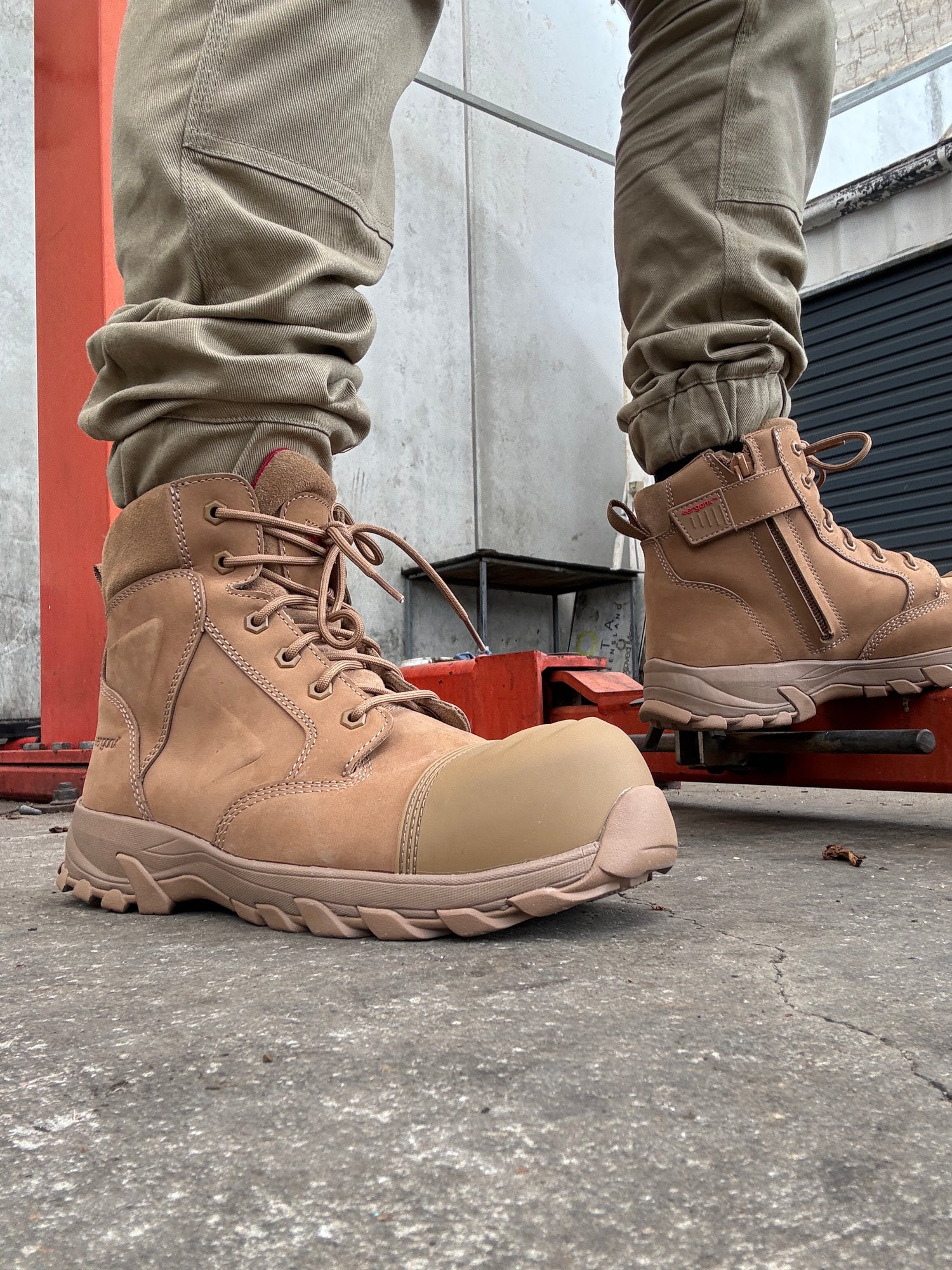Orthotics for Achilles Tendonitis
HOME / ORTHOTIC INSOLES / ORTHOTIC INSOLES FOR ACHILLES TENDONITIS
Table of Content:
What is Achilles tendonitis?
Achilles tendonitis occurs when too much strain is placed on the Achilles tendon, so much so that it is unable to rest and heal itself. As a result, an injury arises, leading to inflammation, soreness, and (at times) severe pain.
As the longest tendon in the human body, the Achilles tendon attaches your heel bone to the back of your leg. It plays an important role in mediating your daily movements and keeping your legs stable. It allows you to lift your heels up when you walk and propel forwards.

Common symptoms of Achilles tendonitis
To obtain a conclusive diagnosis and determine what the proper treatment is, it is best to visit a podiatrist who can complete a systematic review of the lower leg, ankle joint, and Achilles tendons. Below are some symptoms of Achilles tendonitis:
- Achilles tendon pain, swelling, or redness
- Tight calf muscles
- Heel pain
- Foot pain or discomfort that worsens in the morning hours
- Knee pain or hip pain
What causes Achilles tendonitis and Achilles pain?
- Long periods of physical activity – Over time, repetitive movements (walking and running) can place stress on the tendons and ligaments of the foot. Chronic overuse of any muscle can lead to persistent strain and injury.
- Foot misalignments – Conditions such as flat feet (overpronation) are key risk factors for developing Achilles tendonitis. Overpronation means that your feet rotate internally when weight is placed on them. This, in turn, causes the Achilles tendon to work harder.

Treatment options for Achilles tendonitis
An injured Achilles tendon can take a while to heal. Fortunately, there are a collection of non-surgical treatment options for Achilles tendonitis, some of which include:
- Reducing physical activity temporarily – It is crucial to rest and promote healing. To prevent Achilles tendonitis from developing again, increase your activity levels slowly and gradually.
- Physical therapy – Stretching your calf muscle and incorporating strengthening exercises into your daily routine can help your Achilles tendon heal. Be careful though, over stretching can do more harm than good.

- Searching for appropriate footwear – Certain shoes can increase your chances of developing Achilles tendonitis. For example, wearing high heels places persistent strain on your arch, tendons, and ankles.
- Wearing orthotics (also termed orthotic insoles) – Orthotics work to provide support to the feet and correct their alignment (e.g. limiting pronation). They also redistribute pressure along the bottom of your feet, reducing pain and strain along the way.
What to look for when choosing orthotics for Achilles tendonitis
- Arch support – Choose an orthotic that will support your arch and prevent overpronation. This will help your feet function more efficiently and reduce the workload carried out by your Achilles tendon.
- Proper cushioning – The orthotic you select should provide adequate cushioning and shock absorption. This is particularly important at your heel, the balls of your foot, and the toes.
-
Full-length size – A full-length orthotic will support and cushion the entirety of your foot


- Custom orthotics – In some cases, custom orthotics may be needed. These are tailored to each individual’s feet and made to target specific areas to help reduce strain and injury.


